From the Middle Ages onwards, industry in Dutch towns was controlled by guilds. Though they had a role in social and religious life, their main purpose was to protect the economic interests of their members.
Membership of guilds was restricted to porters (from poort, the word for town gate; poorters were people with the right to live within the walls of the town). Their children inherited this status, while others had to purchase it. Anyone wanting to start their own pottery had to become a ‘master craftsman’. This entailed becoming apprenticed to a master craftsman, then producing a ‘masterpiece’ by way of a test of one’s skills, and also paying a fee to obtain the coveted title.
The guild was led by a number of hoofdmannen (‘headmen’) chosen from among the master craftsmen. They were responsible for running the guild, for its finances, for settling internal disputes and also for liaising with the town authorities. In Delft, however, the town authorities also appointed a deken (‘dean’) for each guild. Usually a member of the town council, the deken was tasked with overseeing the guild and checking its financial accounts.
Embroiderers and booksellers
In Delft, producers of tin-glazed earthenware belonged to the Guild of St Luke, which also represented painters, glass makers and sellers, embroiderers, sculptors, booksellers and art dealers. From 1661 ‘porceleynbackers’ (faience producers) and sellers became official members of the guild.
As the faience industry flourished, the status of the producers grew within the guild
As the faience industry grew in the 17th century, so did the status of the producers in the guild. From 1648 onwards, its hoofdmannen included two faience producers. In 1678 the faience producers went so far as to demand a separate guild of their own. Their request was refused but in 1689 a separate directorate of three faience producers was appointed to represent the Dutch delftware industry. The directorate mainly acted as a point of contact and spokesperson for the industry.
Master craftsman status
A faience thrower, shaper or painter first had to become a ‘master craftsman’ in the Guild of Saint Luke before he could operate his own pottery. However, if a master craftsman running a pottery died, his widow was allowed to keep the business in operation provided she appointed meesterknecht or manager. One well-known example is Johanna van der Heul (widow of Pieter Adriaansz. Kocx), who ran De Grieksche A from 1703 to 1722.
From 1661, it was possible to appoint a master craftsman as nominal head of the business (meesterknecht), ‘freeing’ the actual owner from the personal obligation to hold the title of master craftsman. The proprietor still had to join the Guild of St Luke as a winkelhouder (‘shopkeeper’), the word winkel (which nowadays means ‘shop’) denoting a workshop in Middle Dutch, as well as a shop.
Because of the level of investment required to start a faience factory, it became increasingly common in the course of the 17th century for potteries to have several co-owners. However, some proprietors owned interests in more than one pottery. Each pottery was registered as having a single owner-manager, who had to be either a master craftsman or a winkelhouder, and the other co-owners were regarded merely as business associates. A master craftsman was not allowed to manage more than one pottery, and addition to the ordinary employees, known as knechten (‘journeymen’), each master was permitted to have a maximum of two apprentices.
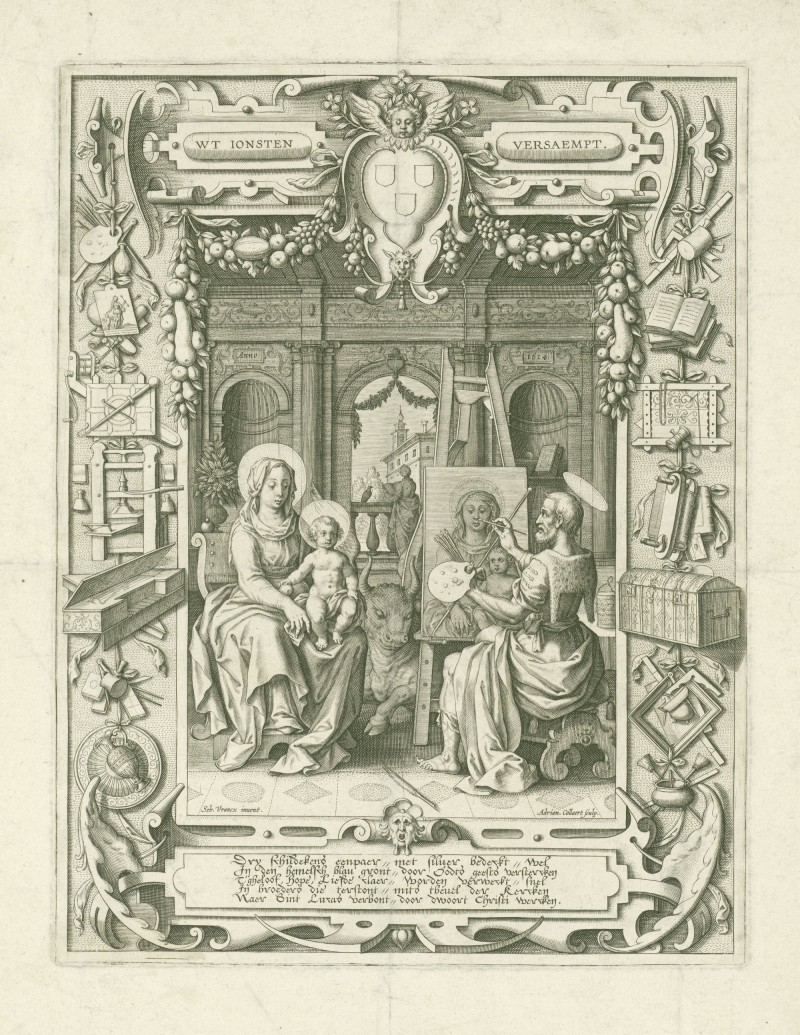
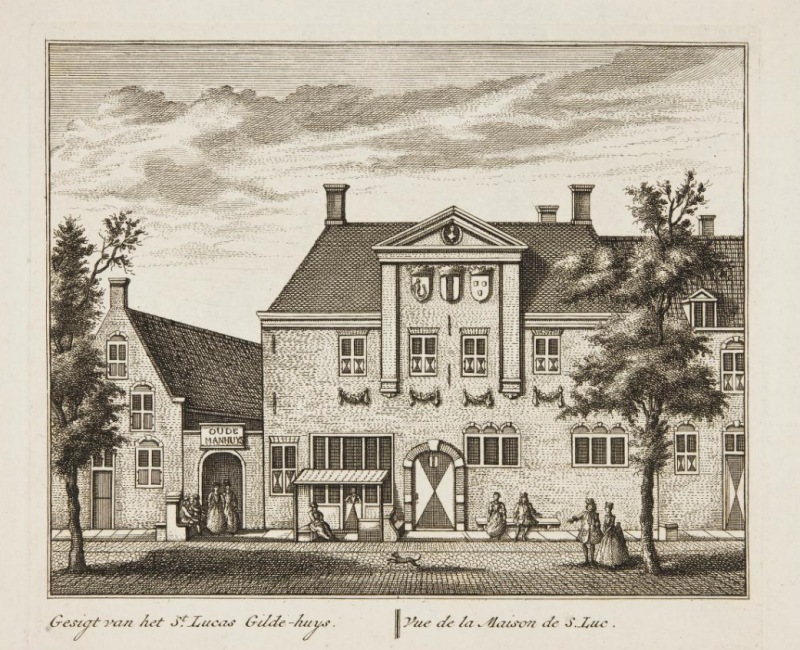
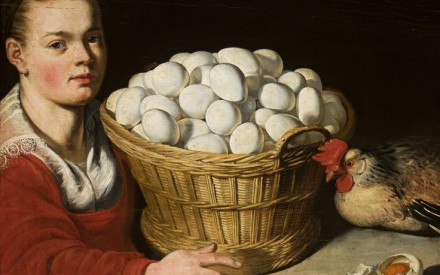
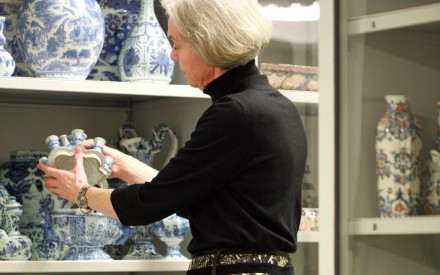
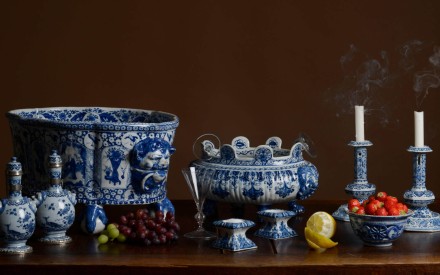
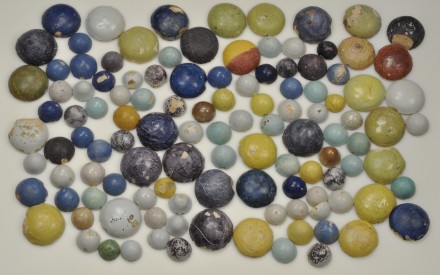
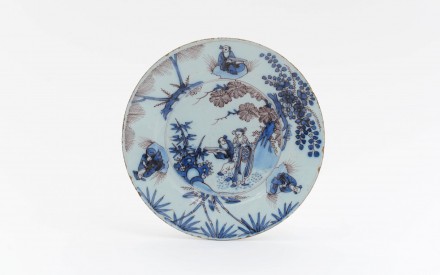
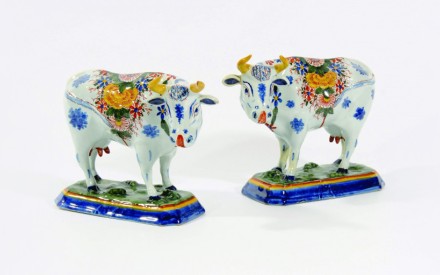
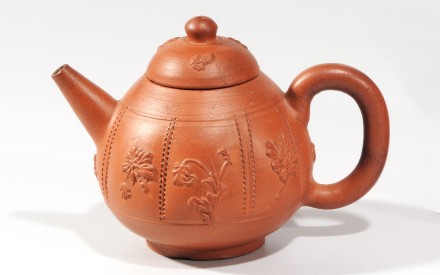











Add new comment
Only logged in users can post comments
Log in or register to post comments